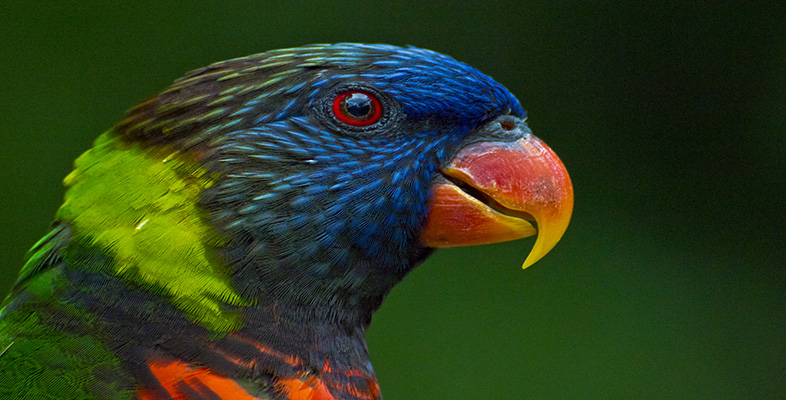10.4 Summary
By biological evolution we mean that many of the organisms that inhabit the Earth today are different from those that inhabited it in the past.
Natural selection is one of several processes that can bring about evolution, although it can also promote stability rather than change. It follows that natural selection is not the same thing as evolution.
The four propositions underlying Darwin's theory of evolution through natural selection are: (1) more individuals are produced than can survive; (2) there is therefore a struggle for existence; (3) individuals within a species show variation; and (4) offspring tend to inherit their parents' characters.
The three necessary and sufficient conditions for natural selection to occur are: (1) a struggle for existence; (2) variation; and (3) inheritance.
Endler's experiment with guppies demonstrated that evolution through natural selection can occur in relatively few generations.
Mutation is the ultimate source of variation.
The frequency of a particular character in a particular population may be due to chance events (e.g. the founder effect and/or genetic drift) rather than to natural selection.
